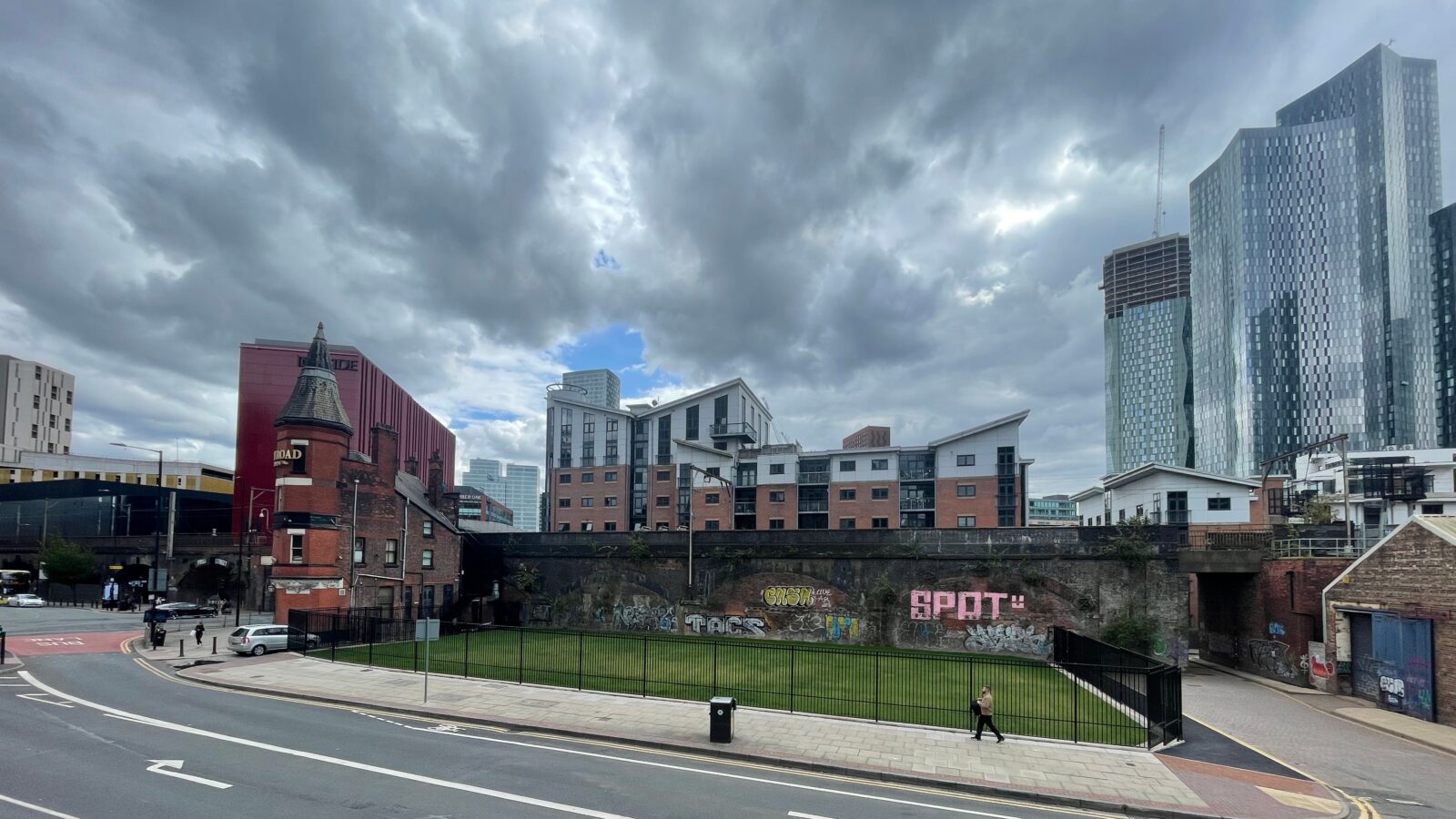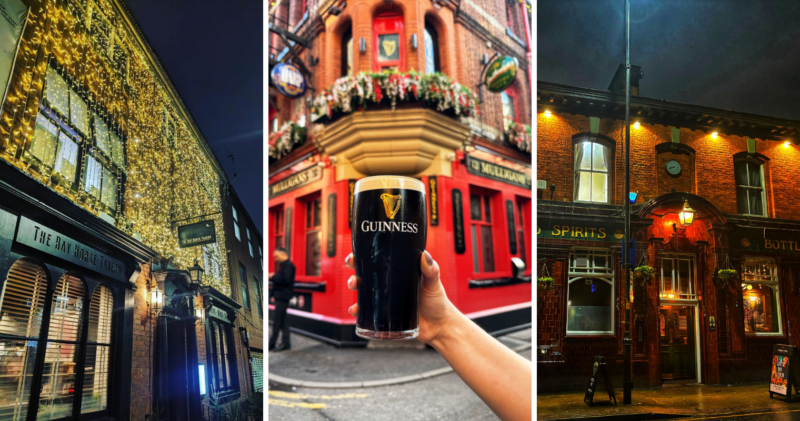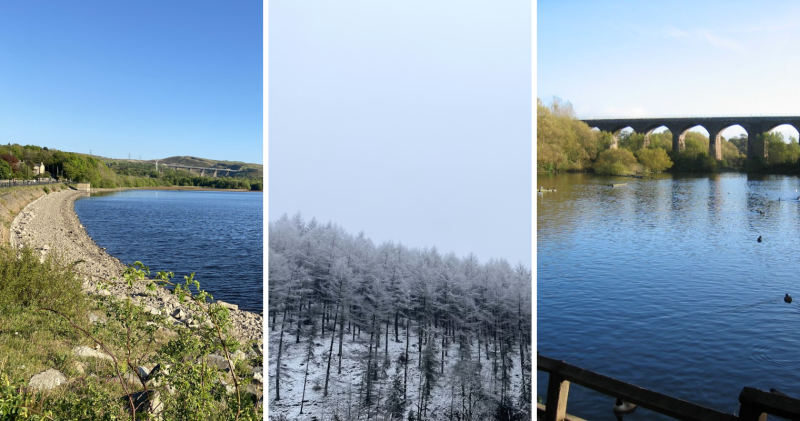Feature
Why are dangerous sinkholes opening up all over Greater Manchester?
The devastating effects of a sinkhole in Abbey Hey have grabbed headlines this week - but it's part of a much wider issue.
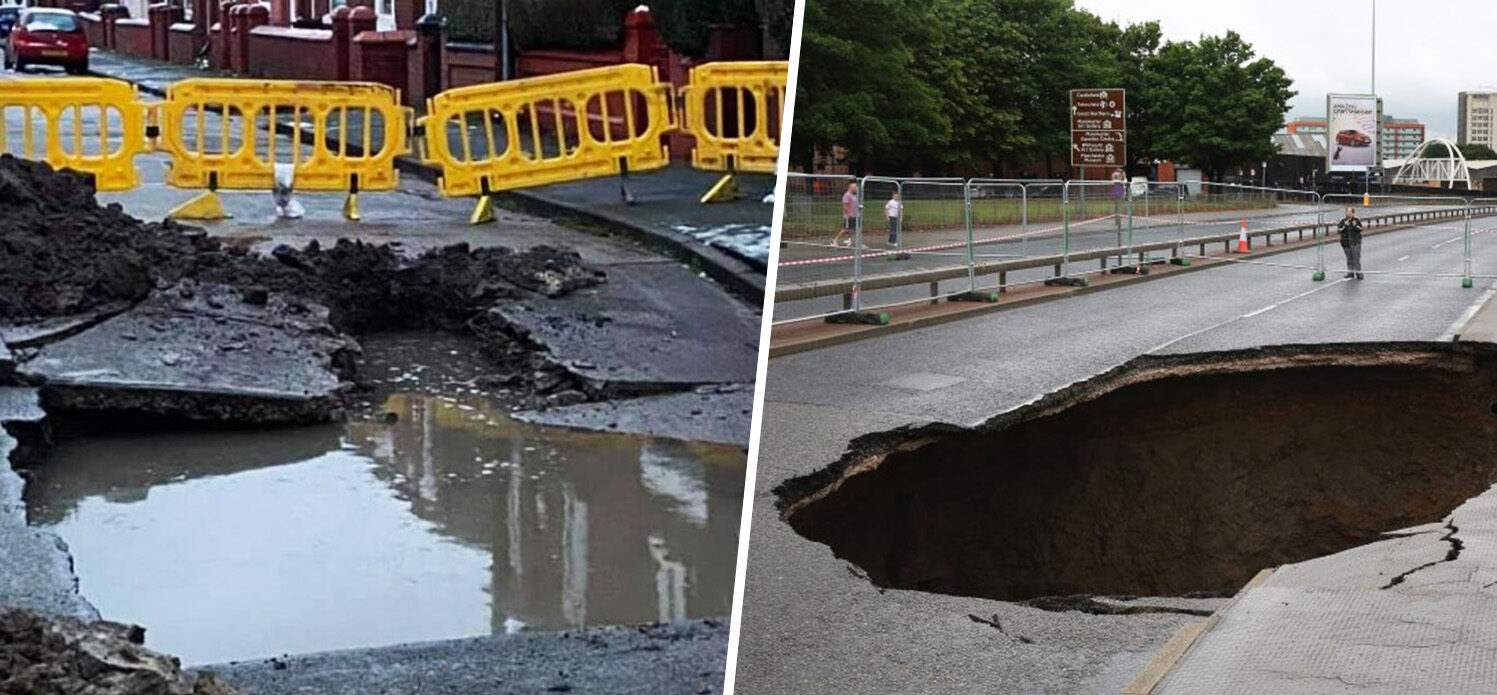
It’s been an eventful week for Greater Manchester.
The arrival of Storm Christoph – which saw the Met Office issue an amber weather warning for rain until midday on Thursday, along with several severe flood alerts and warnings throughout the week – brought with it weather on all ends of the spectrum, from torrential rain and gusts of wind, to even a blanket of short-lived heavy snow.
It also brought with it dramatic scenes of a sinkhole opening up – which even “swallowed” a car – on Wednesday evening on a residential street in the Abbey Hey area of Gorton, that even shockingly led to the collapse of the frontage of at least two terraced properties as a result.
But as many will know, this is far from the first time sinkholes have caused drama in the region as of late.
In 2016 alone – the year that will be remembered by Mancunians for Brexit, the electing of Donald Trump, and of course, sinkholes – at least six major sinkholes opened up across Greater Manchester.
The Mancunian Way sinkhole – which was caused by a collapsed water culvert destroying a main sewer, and quickly became a tourist attraction until it was finally fixed and reopened on 16th June – grabbed most of the headlines, but there was also a 10ft deep, 2ft wide sinkhole that appeared on Tib Street in the Northern Quarter in April, the collapse of an old brick sewer that opened one in Whitefield on 12th September, a super storm caused traffic chaos in Cheetham Hill as a crater closed Waterloo Road two days later, and several other notable instances that can all be referenced from that same year.
But now that we’ve actually highlighted the sheer scale of the problem, what actually is a sinkhole? What makes them occur? And just why do we seem to be so plagued with them here in Greater Manchester?
We had a dig around to get to the bottom of this – and this is what we found.
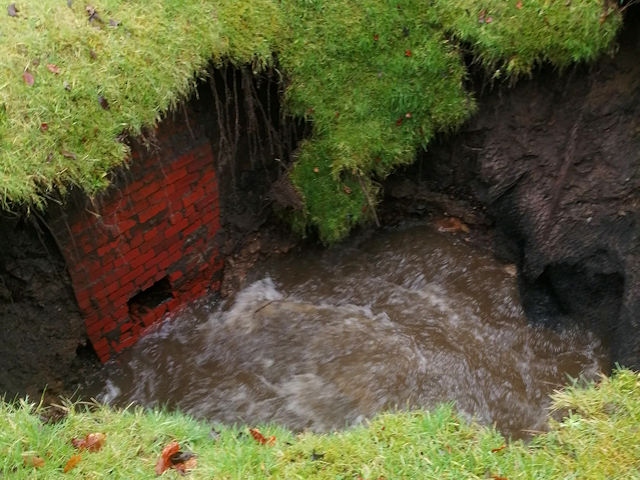
What are sinkholes?
If we’re going to get technical with it, the Oxford English Dictionary defines a sinkhole as: “a cavity in the ground, especially in a limestone formation, caused by water erosion and providing a route for surface water to disappear underground”, but in a nutshell, a sinkhole is essentially any hole in the ground created by erosion and the drainage of water.
Sinkholes can either be just a few feet across, or in the case of the aforementioned instances in Gorton earlier this week, large enough to swallow whole vehicles and whole buildings.
Although they’re more often than not the result of natural processes, they can also be triggered by human activity too.
Are there different types of sinkhole?
The short answer is yes – there are two basic types of sinkhole.
There’s those that are created slowly over time, which are known as cover-subsidence sinkholes, and those that appear suddenly, which are known as a cover-collapse sinkhole, and as you’d expect, it’s the latter type that creates the sort of headlines we’ve seen this week and in recent years, but both varieties are formed by the same basic mechanism.
Why do they occur?
Now, this is where the real geological explanations have to come into it.
Sinkholes mainly occur in what is known as ‘karst terrain’ – areas of land where soluble bedrock, such as limestone or gypsum, can be dissolved by water.
With cover-subsidence sinkholes, the bedrock becomes exposed and is gradually worn down over time, with the holes often becoming ponds as the water fills them in, but with a cover-collapse sinkhole, this same process occurs out of our sight.
With cover-collapse sinkholes, naturally-occurring cracks and small voids underneath the surface are hollowed out by water erosion, with a cover of soil or sediment remaining over the top, and eventually, as the hole expands over time, this cover can no longer support its own weight and suddenly collapses to reveal the cavern that’s been hiding underneath.
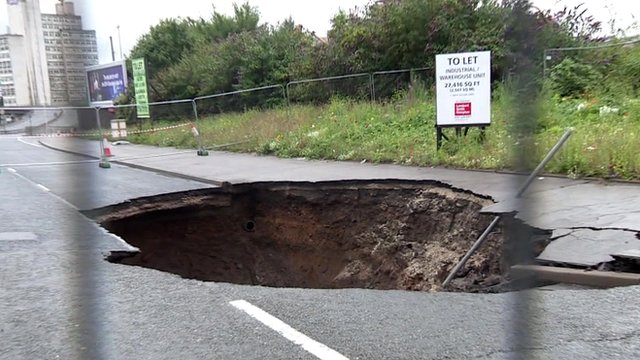
Pothole vs Sinkhole
There are a number of differences between a pothole and a sinkhole, that aren’t just the size of the hole and the drama that goes along with it.
It was revealed earlier this month, thanks to a recent study by Manchester-based personal injury lawyers JMW Solicitors and data from fixmystreet.com, that as of January 2021, there were 7,114 reported open pothole cases reported across Greater Manchester – a whopping 2,356 of those being in the City of Manchester itself – with the situation only predicted to get worse, so it would seem that sinkholes aren’t the only recurring issue we have in the region.
But what is the difference between the two?
To keep it brief, and without repeating too much of what has already been explained, a sinkhole is a closed natural depression in the ground surface caused by removal of material below the ground, whereas a pothole is usually a fairly small feature caused by a failure of paving materials.
Potholes are known to become more abundant in late winter and spring due to freeze-thaw damage.
Why do we get so many sinkholes in Greater Manchester?
And now we’ve come down to the crux of it.
What is it about the region of Greater Manchester that seems to be revealing so many dangerous and damaging sinkholes in comparison to others? Well, according to Dr Domenico Lombardi – a lecturer in Geotechnical Engineering at the University of Manchester, who gave his two cents on the topic after the year of sinkhole mayhem that was 2016 – our sinkholes are not a natural phenomenon as much as they are man made.
It’s all about the number of old mines, sewers, a growing population and ongoing building works that we have going on in the region – and of course, increasing rainfall.
We know by now that sinkholes occur when underground cavities collapse, causing the failure of the ground above, but in Greater Manchester, our geology is mainly sand and sandstone – which are hardly soluble – so Dr Lombardi says we need to look to old mines and collieries, which are eroded during heavy rainfall or when there is a leaking water main or sewer pipe.
In these cases an underground cavity can form super quick, and the collapse can happen in a matter of hours – as was reported by United Utilities to the case in Abbey Hey yesterday.
Dr Lombardi said: “In recent years, an increasing number of sinkholes have been observed in Greater Manchester and in other regions of the United Kingdom. Arguably, this can be attributed to the increasing number of extreme rainfall events… flooding and an ageing utility infrastructure.”
The solution?
Dr Lombardi recommends timely repairs and maintenance of piping, and a more sustainable drainage system, with more urban green areas too.
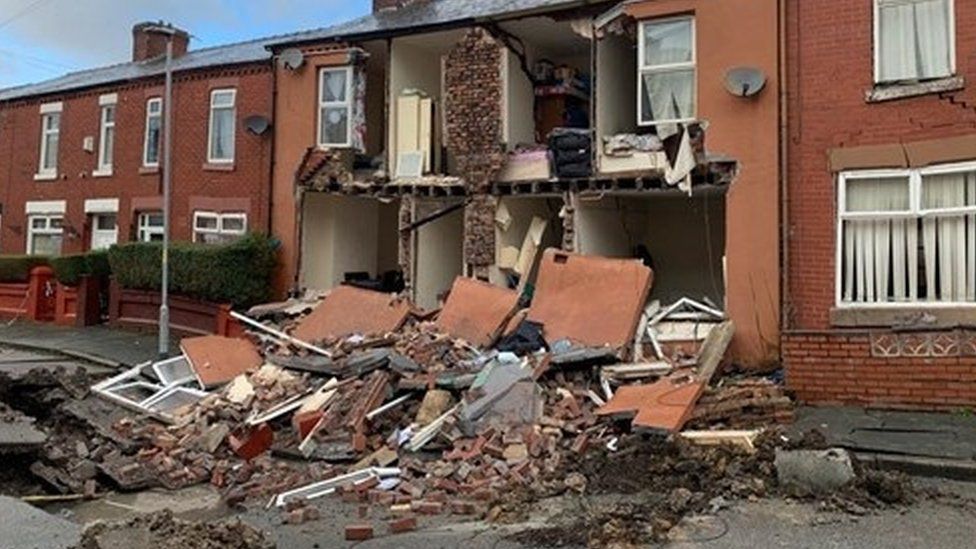
It’s hard to decipher for sure at this point whether the necessary action is being undertaken to prevent more dangerous and damaging sinkholes from opening up across the region – especially as the number of freak weather occurrences are becoming harder to predict – but with work now officially being underway on Manchester’s first city centre park in 100 years, and the City of Trees initiative – which will see three million trees planted across Greater Manchester as part of The Northern Forest – starting to take shape, there’s no denying that positive ground is being made.
Time will surely tell.




